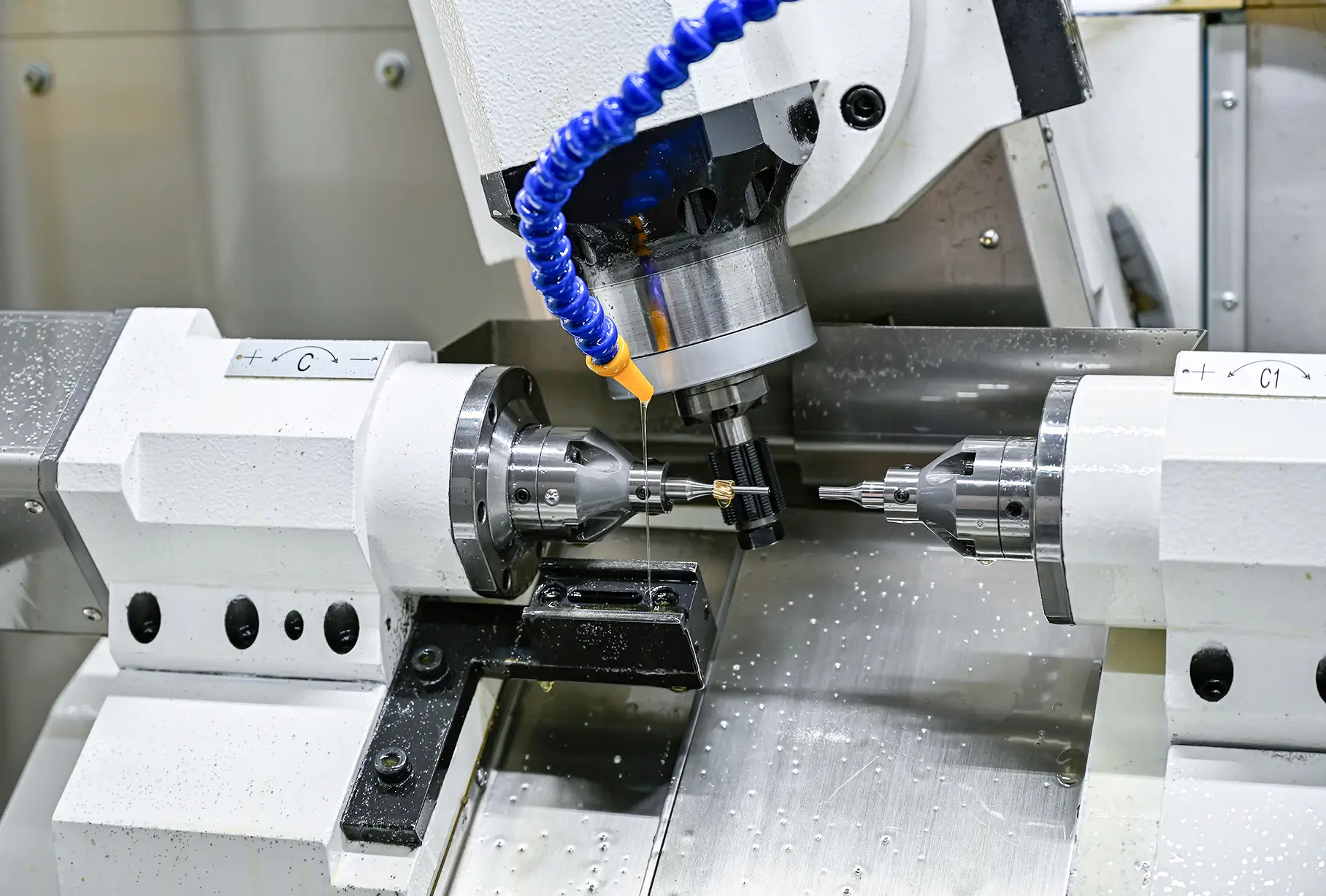Servo motors are the unsung heroes of motion in the maker world. These compact, high-torque devices transform static projects into dynamic creations – think robotic arms that wave, camera sliders that glide, or even pet feeders that rotate on command. At the heart of this magic lies Arduino, the open-source platform that’s democratized electronics tinkering. Let’s crack open this world of controlled movement.

Why Servos?
Unlike regular DC motors that spin freely, servos offer precision. They can rotate to specific angles (typically 0-180°) and hold that position against resistance. This makes them ideal for:
Steering mechanisms in RC vehicles Adjusting sensor positions in weather stations Creating expressive movements in animatronics
Inside every servo, you’ll find:
A DC motor A gear reduction system A potentiometer for position feedback Control circuitry
This closed-loop system is why servos maintain accuracy without external sensors – they’re self-correcting.
The Arduino Connection
Arduino controls servos using Pulse Width Modulation (PWM). Instead of varying voltage, we send rapid on/off pulses. The pulse duration (1-2ms) determines the shaft position:
1ms pulse → 0° 1.5ms → 90° 2ms → 180°
Basic Wiring Setup:
Servo red wire → Arduino 5V Servo brown/black wire → GND Servo yellow/orange wire → Digital pin 9
Pro Tip: Use a separate power supply for multiple servos to prevent Arduino voltage drops.
Your First Servo Sketch
#include Servo myServo; void setup() { myServo.attach(9); } void loop() { myServo.write(0); // Rotate to 0° delay(1000); myServo.write(180); // Sweep to 180° delay(1000); }
This code creates a mesmerizing back-and-forth sweep. Upload it, and watch your servo come alive!
Beyond Basic Sweeps
Let’s create a responsive system using a potentiometer:
Add a 10kΩ pot to analog pin A0 Modify the code: arduino void loop() { int angle = map(analogRead(A0), 0, 1023, 0, 180); myServo.write(angle); delay(15); } Now you’ve built a manual angle controller – twist the knob, and the servo follows.
Project Idea: Solar Tracker Prototype
Combine two servos and light sensors to create a device that follows the sun’s movement:
X-axis servo pans left/right Y-axis servo tilts up/down LDR sensors detect light intensity differences Arduino calculates optimal position
This demonstrates real-world servo applications in renewable energy systems.
Common Pitfalls:
Jittery movement: Add a delay(15) after write() commands Overheating: Avoid continuous resistance – servos aren’t meant for sustained stalls Power issues: Use capacitors (100µF) across power lines for multiple servos
By now, you’ve got the fundamentals down. But what if you want smoother movements, or need to coordinate a swarm of servos? That’s where advanced techniques come in…











































